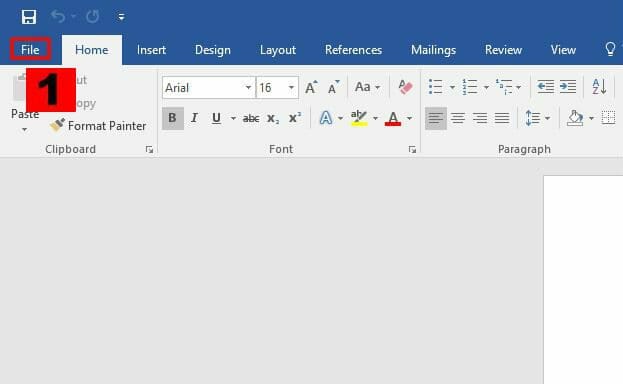

Mark the message with 'soft fail' in the message envelope.

Mark the message with 'hard fail' in the message envelope and then follow the receiving server's configured spam policy for this type of message. The enforcement rule is usually one of these options: This SPF rule tells the receiving email server that if a message comes from, but not from one of these three IP addresses, the receiving server should apply the enforcement rule to the message. In this example, the SPF rule instructs the receiving email server to only accept mail from these IP addresses for the domain : Take a look at the basic syntax for an SPF rule:įor example, let's say the following SPF rule exists for : SPF basics: IP addresses allowed to send from your custom domain Links to instructions on working with your domain registrar to publish your record to DNS are also provided. This article describes how you form your SPF TXT record and provides best practices for working with the services in Microsoft 365. You need all three in a valid SPF TXT record. If the sender is not permitted to do so, that is, if the email fails the SPF check on the receiving server, the spam policy configured on that server determines what to do with the message.Įach SPF TXT record contains three parts: the declaration that it is an SPF TXT record, the IP addresses that are allowed to send mail from your domain and the external domains that can send on your domain's behalf, and an enforcement rule.

SPF determines whether or not a sender is permitted to send on behalf of a domain. How SPF works to prevent spoofing and phishing in Microsoft 365 You do not need to make any changes immediately, but if you receive the "too many lookups" error, modify your SPF TXT record as described in Set up SPF in Microsoft 365 to help prevent spoofing. This change should reduce the risk of SharePoint Online notification messages ending up in the Junk Email folder. Previously, you had to add a different SPF TXT record to your custom domain if you also used SharePoint Online.


 0 kommentar(er)
0 kommentar(er)
